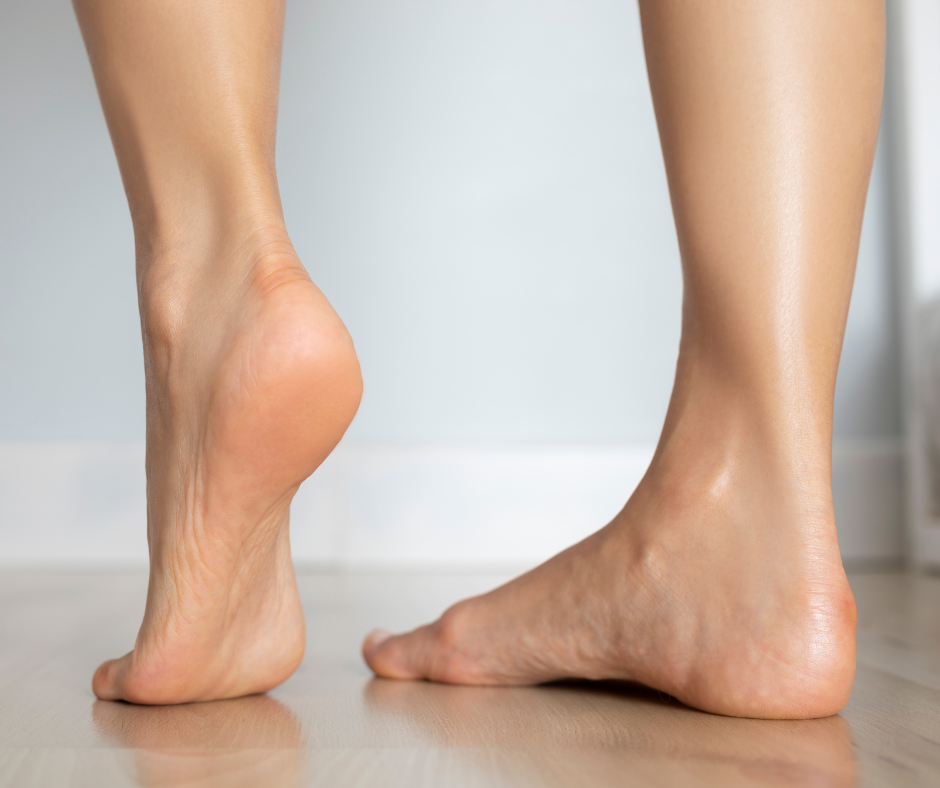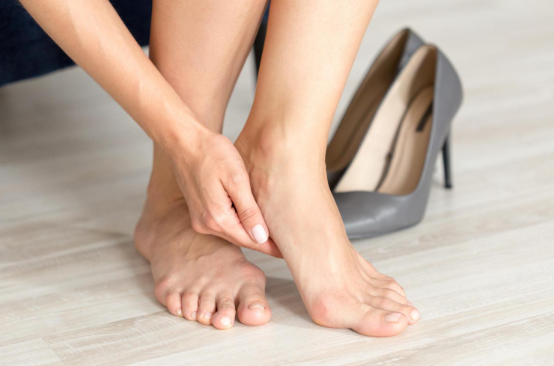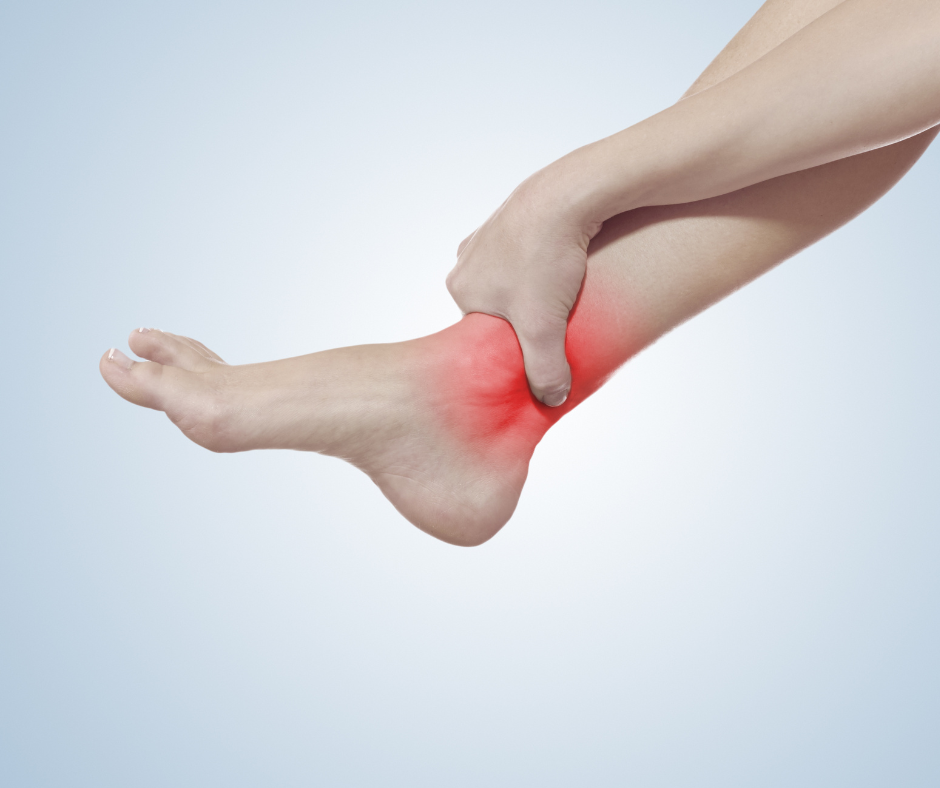UNDERSTANDING FLAT FEET: AN OVERVIEW
Understanding Flat Feet: An Overview

Flat feet, or pes planus, is a common condition that affects a significant portion of the population. Characterized by a lack of arch in the foot, this condition can cause various symptoms and may lead to complications if left untreated. In this blog, we'll explore flat feet from a medical perspective, delving into the causes, symptoms, diagnosis, and available treatment options.
Anatomy of Flat Feet
To understand flat feet, it's essential to grasp the normal arch structure of the foot. The arch is formed by the tendons, ligaments, and bones in the foot, creating a supportive structure that helps distribute body weight and absorb shock during activities like walking and running. In individuals with flat feet, this arch is either significantly reduced or completely absent.
Causes of Flat Feet
Flat feet can be attributed to a variety of factors, both congenital and acquired. Some people are born with flat feet due to the underdevelopment of the arch during childhood. Others may develop flat feet later in life due to factors such as:
- Genetics: Family history can play a role in the development of flat feet. If a parent has flat feet, there is an increased likelihood that their child may inherit the condition.
- Age: The arches of the feet can naturally weaken and flatten over time, particularly as individuals age. This can be exacerbated by wear and tear on the tendons and ligaments.
- Injuries and Conditions: Trauma or injury to the foot, such as a torn tendon or fracture, can contribute to the development of flat feet. Conditions like rheumatoid arthritis, obesity, and diabetes may also be associated with the condition.
Symptoms of Flat Feet
Flat feet can manifest in a variety of symptoms, ranging from mild to severe. Common signs and symptoms include:
- Pain and Discomfort: Individuals with flat feet may experience pain or discomfort, especially in the arch area or along the inner side of the ankle.
- Swelling: Swelling on the inside of the ankle can occur due to the strain placed on the tendons and ligaments.
- Foot Fatigue: Those with flat feet may experience fatigue and discomfort during prolonged periods of standing or walking.
- Foot Misalignment: Flat feet can lead to an altered gait, causing the feet to turn outward, and affecting the alignment of the lower limbs.
Diagnosis of Flat Feet
Diagnosing flat feet typically involves a thorough medical history, physical examination, and sometimes imaging studies. A healthcare professional will inquire about symptoms, family history, and any relevant medical conditions. During the physical examination, the individual may be asked to stand, walk, or perform specific movements to assess foot structure and function.
In some cases, imaging studies such as X-rays or CT scans may can provide a more detailed view of the bones and joints in the feet. These images can help determine the severity of the condition and guide treatment decisions.
Treatment Options
The approach to treating flat feet depends on the severity of symptoms and the underlying cause. Common treatment options include:
- Orthotic Devices: Custom-made or over-the-counter orthotic inserts can provide additional support and help distribute pressure more evenly across the foot.
- Physical Therapy: Targeted exercises can strengthen the muscles and tendons in the feet and ankles, improving overall foot function.
- Footwear Modifications: Wearing supportive, well-fitted shoes with proper arch support can alleviate symptoms and prevent further complications.
- Medications: Nonsteroidal anti-inflammatory drugs (NSAIDs) may be recommended to reduce pain and inflammation associated with flat feet.
- Weight Management: For individuals with flat feet and excess body weight, weight management can play a crucial role in reducing symptoms and preventing complications.
In severe cases or when conservative measures fail to provide relief, surgical intervention may be considered. Surgical procedures for flat feet aim to reconstruct the arch and restore proper foot function.
Flat feet, while common, can have a significant impact on an individual's daily life if not properly managed. Understanding the causes, symptoms, and available treatment options is crucial for anyone dealing with this condition. If you suspect you have flat feet or are experiencing related symptoms, consult with a healthcare professional for a thorough evaluation and personalized treatment plan to ensure the best possible outcome for your foot health.










